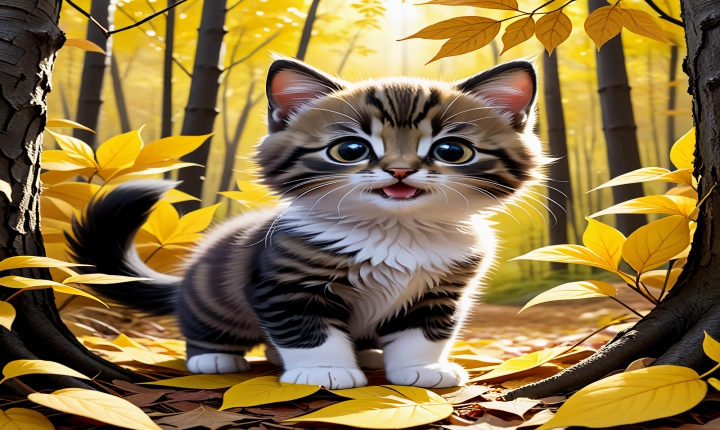Artificial intelligence (AI) has revolutionized many aspects of our lives, including content generation. From writing articles and creating music to generating images and videos, AI technology has become increasingly advanced in its ability to produce content that appears to be created by humans. In this article, we will explore how AI generates content and its implications for the future of media and creativity.
One of the most widely used AI technologies for content generation is natural language processing (NLP). NLP allows AI systems to understand and generate human language, making it possible for them to write articles, essays, and even poetry. NLP models, such as OpenAI’s GPT-3, have been able to produce coherent and contextually relevant text that can be indistinguishable from human-authored content.
The process of content generation using AI typically involves training the model on a large dataset of human-authored text. This allows the AI system to learn the patterns, styles, and structures of human language, enabling it to generate content that is grammatically correct and contextually relevant. Additionally, AI models can be fine-tuned for specific writing styles or topics, allowing them to produce content tailored to particular requirements.
In addition to NLP, AI has also made significant strides in generating multimedia content. Generative Adversarial Networks (GANs) are a type of AI model capable of creating realistic images, videos, and even music. GANs work by using two neural networks, a generator and a discriminator, to create and evaluate content, respectively. Through this process, GANs have been able to produce lifelike images, generate realistic scenes, and even compose music with human-like melodies.
The implications of AI-generated content are vast and far-reaching. On one hand, AI has the potential to automate and streamline content creation, allowing businesses and individuals to produce large volumes of high-quality content at a fraction of the time and cost. This can be particularly beneficial for tasks such as writing product descriptions, generating social media posts, and creating marketing materials.
However, the rise of AI-generated content also raises ethical and creative concerns. As AI becomes more proficient at emulating human creativity, there is a growing debate about the originality and authenticity of AI-generated content. Some argue that AI may dilute the value of human creativity and artistic expression, while others view it as a powerful tool for collaboration and inspiration.
Furthermore, the potential for AI to generate misleading or biased content is a concern. Without proper oversight and ethical guidelines, AI-generated content could propagate misinformation, manipulate public opinion, and undermine the credibility of media and journalism.
As AI continues to advance, it is crucial to establish guidelines and frameworks for the responsible and ethical use of AI-generated content. Transparency about the origins of content, clear labeling of AI-generated materials, and ethical considerations in the development and deployment of AI models are essential steps to ensure that AI contributes positively to creativity and media production.
In conclusion, AI has transformed the landscape of content generation, enabling powerful new capabilities in language processing, multimedia creation, and creative expression. While the advent of AI-generated content presents both opportunities and challenges, it is essential to navigate this new frontier with ethical considerations and a commitment to preserving the integrity of human creativity and expression. As AI technology continues to evolve, it is imperative to foster a thoughtful and responsible approach to the use of AI in content generation.
